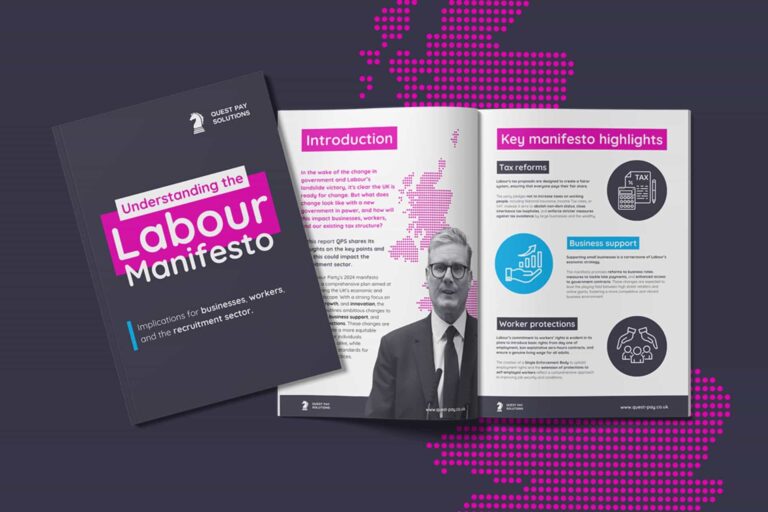This is important to understand. Like PAYE, Umbrella is a PAYE payment model so all relevant tax deductions are made at source and managed for you. Uniquely, the Umbrella model allows workers to work on different assignment whilst continuing to hold one continuous employment.
This allows flexibility for people working through temporary recruitment agencies and ensures that workers are not required to hold multiple different employment through different agencies.
The key difference is to do with how the rate agreed is calculated and paid. The Umbrella rate agreed is often referred to as an ‘assignment rate’. An assignment rate includes money that will need to be deducted and paid to HMRC such as Employers NI and Pension which is why you would see these deductions before your income is then available to be taxed and paid to you.
People sometimes mistakenly think that these deductions are being taken from the workers wages which is not the case as these deductions are made before the workers pay is calculated. PAYE rates will typically be agreed to be lower than the equivalent Umbrella rate. This is because, when setting the rates, a recruitment agency will need to factor in the additional employer deductions first rather than wrapping them up into the equivalent umbrella rate.
For further help on understanding how Umbrella companies work, GOV.UK have recently published some new guidance which can be accessed HERE.


